The last few days have seen an explosion in grass growth. As reported in Grass + on page 31, average grass growth rates are up to 72kg/day for the past seven days, with many farms now recording growth rates in excess of 80kg/ha.
This level of growth is great to see, but it also spells danger and that danger is due to grass quality declining.
In last week’s Irish Farmers Journal (2 May 2020) on protecting profit, it was stated that for every 0.05% increase in protein, milk price increases by about 0.25c/l.
Last year, almost 14% of the total milk supplied in the year was supplied in May.
It is the peak month for milk and the milk price received in May has a big effect on total milk income for the year.
There should be a scrappage scheme for dairy stock bulls
May is the month for improving milk solids. Firstly, as the breeding season is well under way, the bulls used this month will determine the performance of first-calving heifers in 2023.
The difference in milk solids and fertility performance between cows bred from low-EBI stock bulls (of which 35% the cows in Ireland are bred from) and high-EBI bulls is massive at 59kg MS/cow and €269/cow in the value of the milk sold. There should be a scrappage scheme for dairy stock bulls.
Of course, breeding is one thing and management is another. This is where grass quality comes into play.
As we know, not all grass is the same
When discussing production and cow performance, some farmers and advisers get very hung up on meal feeding – both the type of meal and how much meal is being fed per day, etc.
When you look at it though, for a typical herd being fed 2kg of meal per day, only 10% of the cows’ feed intake is meal, with the other 90% coming from grazed grass.
As we know, not all grass is the same and the variation in quality, particularly in May, can be enormous.
Production
Grass (or feed) quality affects production in two ways. The first and often forgotten factor is that it affects intake. If grass is of low quality, then cows will eat less of it compared with high-quality grass.
This is because it is more digestible and is processed through the rumen faster and because it’s high-quality, it tastes nice and cows like to eat more of nice things.
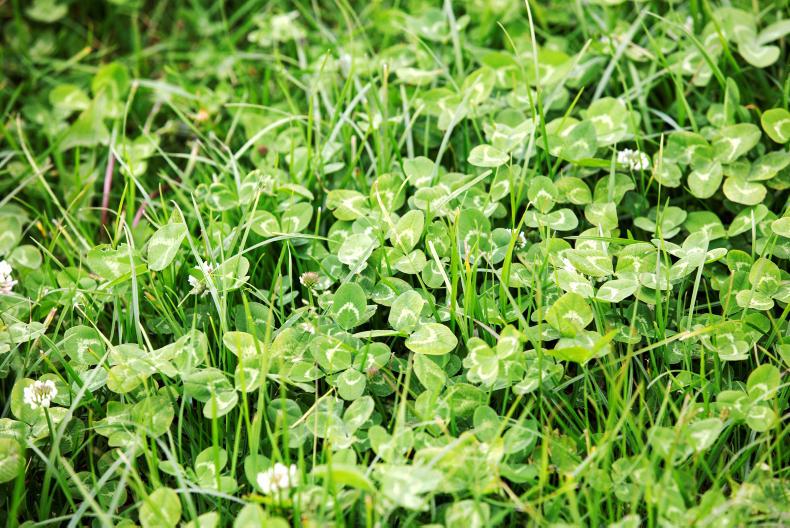
\ Donal O'Leary
The more feed the cow eats, the more milk she can produce or body condition score she can gain and so on.
Secondly, high-quality grass, by its nature, has a high feeding value.
Whether that’s megajoules of metabolisable energy or UFL for every kilo that’s fed of good-quality grass, it has the potential to produce more milk solids.
When you combine this with the fact that cows eat more high-quality grass, you get a compound effect from feeding high-quality grass.
The difference in animal performance is remarkable and the good thing is it comes at no extra cost – just management ability and having the cows that can convert high-quality grass to milk solids.
Factors
The only real determinant of grass quality is the pre-grazing yield. This is the grass the cows are eating on a daily basis.
The biggest pitfall I see on farms is that the pre-grazing yield gets too high and the field should have been grazed three, four or five days earlier.
Even being one or two days late going into a paddock will have a big difference at this time of year because when grass covers go over 1,000kg DM/ha, they grow a lot faster.
Higher covers have more stem relative to leaf
The paddocks with high covers are often growing one-and-a-half or two times faster than the farm average.
Higher covers have more stem relative to leaf. Towards the end of May, the grass plant will want to produce a seed head and, in order to do this, it will need a stem to support it.
When grass starts to go white and stemmy at the base, you know you’re in trouble with quality.
The white colour at the base indicates a lack of sunlight as the grass canopy is shading the base.
Leafy grass is highly digestible
The stem is full of lignin – a fibrous-type material that’s not very digestible.
In contrast, high-quality pastures are green to the base and have a much higher leaf-to-stem ratio.
Leafy grass is highly digestible. Looking at the base of the sward is a good indicator of quality.
Ask any farmer what their pre-grazing yield is during May and June and the stock answer will be 1,400kg to 1,600kg DM/ha. However, when you walk the paddock, you’ll find stem at the base.
If this stem is white, it’s because the pre-grazing yield is more than what the farmer thinks.
If the stem is yellow and higher than 4cm, it’s probably because a high residual was left after the previous grazings.
Asking the cows to correct a residual in May will lead to problems. The time to ask cows to correct a residual was in the first or second rotations.
Achieving a low residual isn’t always possible due to weather and ground conditions at the time of grazing
Grazing to the correct residuals in early spring encourages tillering of the grass plant and the subsequent growth of high-quality, leafy grass.
Achieving a low residual isn’t always possible due to weather and ground conditions at the time of grazing.
So how low you can ask cows to graze to now is very much dependent on historical factors.
The only real way you can correct a high residual at this time of year is by cutting it with a mower – making bale silage or topping.
Both options will reduce the growth rate on those paddocks for a period, but the subsequent grass quality above the cutting height will be much improved.
In summary, making sure you are grazing the correct pre-grazing yields will have the greatest impact on providing quality grass to cows in May and to therefore maximise the milk price through having higher milk solids.
There’s still only a small proportion of farmers measuring grass in Ireland.
Between farmers measuring grass using PastureBase in the south and Agrinet in the north, there were 2,285 farms measuring in the past two weeks, which is almost 11% of all dairy farmers on the island.
High grass growth
By right, farmers would want to be measuring grass every five days during this period of high grass growth. Measuring is one thing, but measuring accurately is another.
Being out 20% on a 1,600kg/ha cover means you could be grazing covers of 1,280kg or 1,920kg/ha – it’s a big difference.
Calibrate your eye by cutting and weighing a sample of paddocks on the grass walk. If the clippers struggles to cut, you know the cover is too strong.
Grass quality affects intake and the metabolisable energy from every kilo of grass consumed.Grazing covers at the correct pre-grazing yield is the surest way of offering high-quality grass. The only way to correct a high residual at this time of year is to cut for silage or top the field.Grass should be measured every five days at peak growth. Read more
Twenty ways to protect profit in 2020
Dairy management: sexed semen success is down to the technician
The last few days have seen an explosion in grass growth. As reported in Grass + on page 31, average grass growth rates are up to 72kg/day for the past seven days, with many farms now recording growth rates in excess of 80kg/ha.
This level of growth is great to see, but it also spells danger and that danger is due to grass quality declining.
In last week’s Irish Farmers Journal (2 May 2020) on protecting profit, it was stated that for every 0.05% increase in protein, milk price increases by about 0.25c/l.
Last year, almost 14% of the total milk supplied in the year was supplied in May.
It is the peak month for milk and the milk price received in May has a big effect on total milk income for the year.
There should be a scrappage scheme for dairy stock bulls
May is the month for improving milk solids. Firstly, as the breeding season is well under way, the bulls used this month will determine the performance of first-calving heifers in 2023.
The difference in milk solids and fertility performance between cows bred from low-EBI stock bulls (of which 35% the cows in Ireland are bred from) and high-EBI bulls is massive at 59kg MS/cow and €269/cow in the value of the milk sold. There should be a scrappage scheme for dairy stock bulls.
Of course, breeding is one thing and management is another. This is where grass quality comes into play.
As we know, not all grass is the same
When discussing production and cow performance, some farmers and advisers get very hung up on meal feeding – both the type of meal and how much meal is being fed per day, etc.
When you look at it though, for a typical herd being fed 2kg of meal per day, only 10% of the cows’ feed intake is meal, with the other 90% coming from grazed grass.
As we know, not all grass is the same and the variation in quality, particularly in May, can be enormous.
Production
Grass (or feed) quality affects production in two ways. The first and often forgotten factor is that it affects intake. If grass is of low quality, then cows will eat less of it compared with high-quality grass.
This is because it is more digestible and is processed through the rumen faster and because it’s high-quality, it tastes nice and cows like to eat more of nice things.

\ Donal O'Leary
The more feed the cow eats, the more milk she can produce or body condition score she can gain and so on.
Secondly, high-quality grass, by its nature, has a high feeding value.
Whether that’s megajoules of metabolisable energy or UFL for every kilo that’s fed of good-quality grass, it has the potential to produce more milk solids.
When you combine this with the fact that cows eat more high-quality grass, you get a compound effect from feeding high-quality grass.
The difference in animal performance is remarkable and the good thing is it comes at no extra cost – just management ability and having the cows that can convert high-quality grass to milk solids.
Factors
The only real determinant of grass quality is the pre-grazing yield. This is the grass the cows are eating on a daily basis.
The biggest pitfall I see on farms is that the pre-grazing yield gets too high and the field should have been grazed three, four or five days earlier.
Even being one or two days late going into a paddock will have a big difference at this time of year because when grass covers go over 1,000kg DM/ha, they grow a lot faster.
Higher covers have more stem relative to leaf
The paddocks with high covers are often growing one-and-a-half or two times faster than the farm average.
Higher covers have more stem relative to leaf. Towards the end of May, the grass plant will want to produce a seed head and, in order to do this, it will need a stem to support it.
When grass starts to go white and stemmy at the base, you know you’re in trouble with quality.
The white colour at the base indicates a lack of sunlight as the grass canopy is shading the base.
Leafy grass is highly digestible
The stem is full of lignin – a fibrous-type material that’s not very digestible.
In contrast, high-quality pastures are green to the base and have a much higher leaf-to-stem ratio.
Leafy grass is highly digestible. Looking at the base of the sward is a good indicator of quality.
Ask any farmer what their pre-grazing yield is during May and June and the stock answer will be 1,400kg to 1,600kg DM/ha. However, when you walk the paddock, you’ll find stem at the base.
If this stem is white, it’s because the pre-grazing yield is more than what the farmer thinks.
If the stem is yellow and higher than 4cm, it’s probably because a high residual was left after the previous grazings.
Asking the cows to correct a residual in May will lead to problems. The time to ask cows to correct a residual was in the first or second rotations.
Achieving a low residual isn’t always possible due to weather and ground conditions at the time of grazing
Grazing to the correct residuals in early spring encourages tillering of the grass plant and the subsequent growth of high-quality, leafy grass.
Achieving a low residual isn’t always possible due to weather and ground conditions at the time of grazing.
So how low you can ask cows to graze to now is very much dependent on historical factors.
The only real way you can correct a high residual at this time of year is by cutting it with a mower – making bale silage or topping.
Both options will reduce the growth rate on those paddocks for a period, but the subsequent grass quality above the cutting height will be much improved.
In summary, making sure you are grazing the correct pre-grazing yields will have the greatest impact on providing quality grass to cows in May and to therefore maximise the milk price through having higher milk solids.
There’s still only a small proportion of farmers measuring grass in Ireland.
Between farmers measuring grass using PastureBase in the south and Agrinet in the north, there were 2,285 farms measuring in the past two weeks, which is almost 11% of all dairy farmers on the island.
High grass growth
By right, farmers would want to be measuring grass every five days during this period of high grass growth. Measuring is one thing, but measuring accurately is another.
Being out 20% on a 1,600kg/ha cover means you could be grazing covers of 1,280kg or 1,920kg/ha – it’s a big difference.
Calibrate your eye by cutting and weighing a sample of paddocks on the grass walk. If the clippers struggles to cut, you know the cover is too strong.
Grass quality affects intake and the metabolisable energy from every kilo of grass consumed.Grazing covers at the correct pre-grazing yield is the surest way of offering high-quality grass. The only way to correct a high residual at this time of year is to cut for silage or top the field.Grass should be measured every five days at peak growth. Read more
Twenty ways to protect profit in 2020
Dairy management: sexed semen success is down to the technician





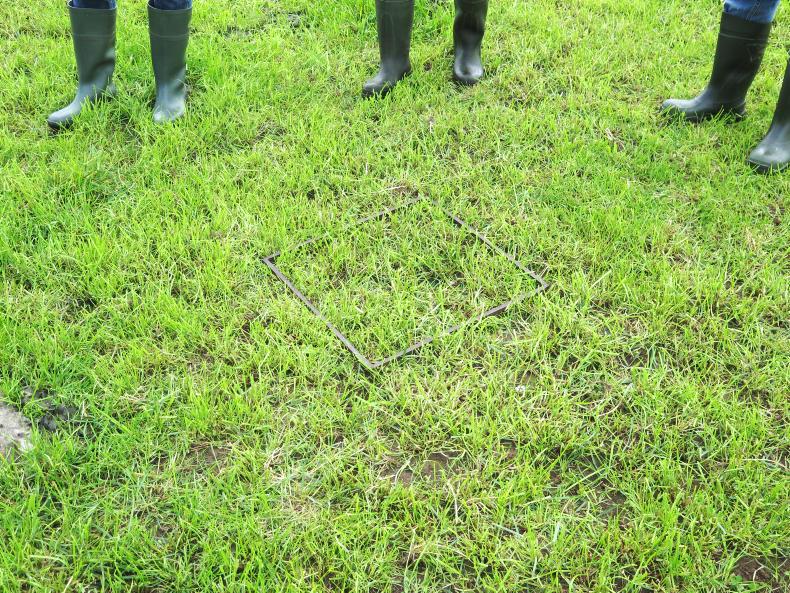
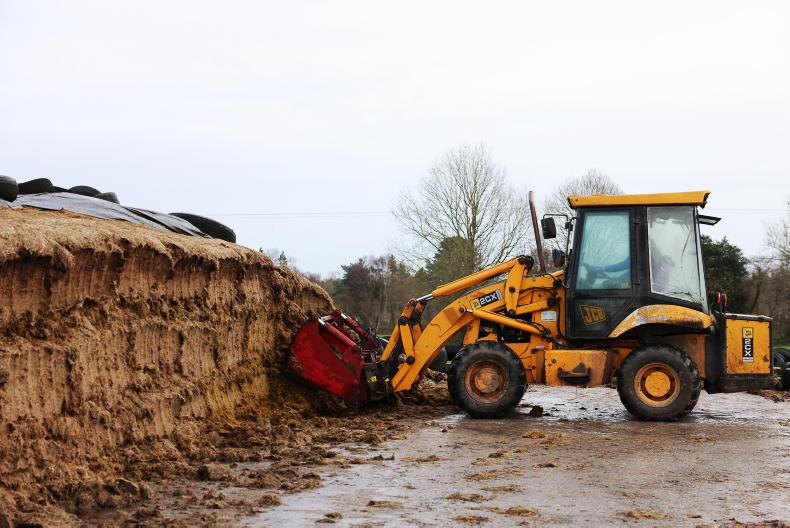


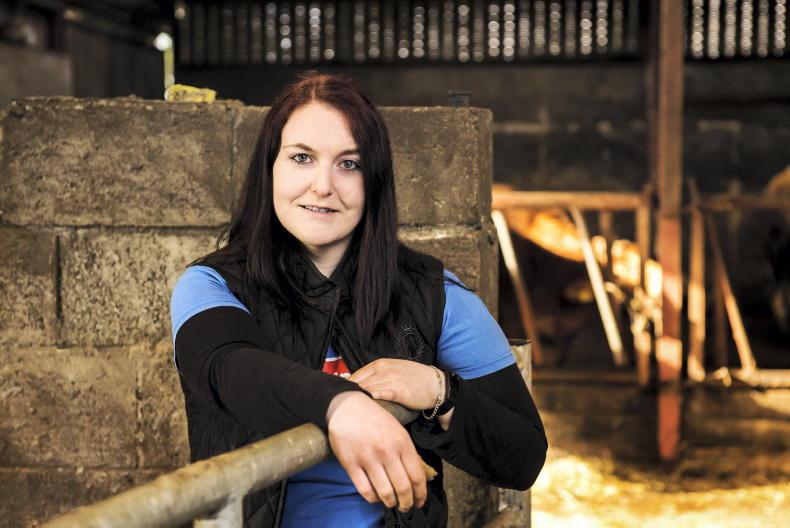
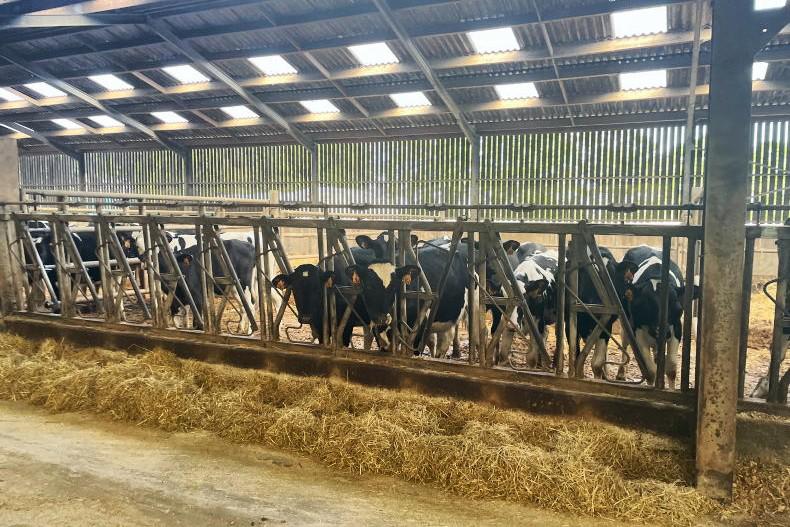
SHARING OPTIONS